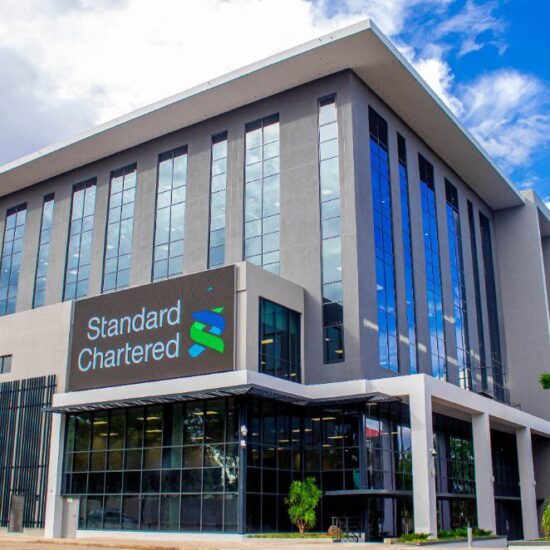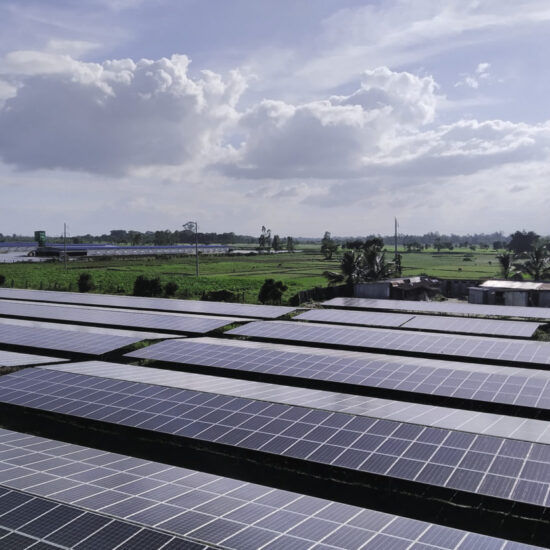
The Zambia Institute of Chartered Accountants – ZICA, has charged that the projected single-digit inflation now appears to be an untenable stretch, with the Zambia Statistics Agency Zamstats reporting an increase to 13.5%, up from 12.9% in the last quarter.
Speaking at the ZICA quarterly media briefing attended by the Zambian Business Times – ZBT, Zambia Institute of Chartered Accountants (ZICA) President Yande Siame Mwenye, noted that the annual inflation is projected to climb to 14.7%, posing a significant obstacle to the country’s economic stability.
Mwenye also emphasized the critical role of energy provision in driving economic growth and expressed concerns about the negative impact of power shortages on the economy.
Mwenye cautioned that projected growth rates of 6.6% in 2025, 5.9% in 2026, and 5.6% in 2027, may not fully account for potential external shocks such as global economic downturns, commodity price fluctuations, and local issues like adverse weather conditions.
“The projected growth rates of 6.6% in 2025, 5.9% in 2026, and 5.6% in 2027 reflect a strong optimism about the economic recovery and development potential. The government plans to achieve this through various reforms, infrastructure projects, and enhancing productivity across key sectors.”
“However, these projections might not fully account for potential external shocks, such as global economic downturns, commodity price fluctuations, or local issues like power shortages and adverse weather conditions.”
She said historical data shows that such optimistic growth projections often face significant hurdles. “The IMF and the World Bank have projected growth rates for Zambia in the range of 3-4% over the next few years which is lower than what the budget is projecting.”
Mwenye also noted that previous growth targets have often fallen short due to a combination of external and internal factors, such as the severe impact of drought on agriculture and power shortages hampering industrial production.
She advised the government to incorporate more conservative scenarios and contingency plans in the economic recovery plan. “This could involve creating financial buffers, diversifying export markets, and investing in climate-resilient infrastructure to mitigate potential disruptions and ensure a more stable path to economic recovery.” She said.







